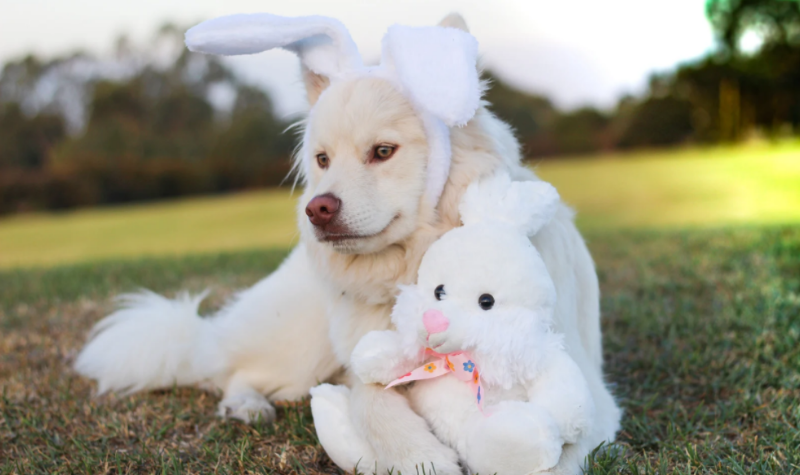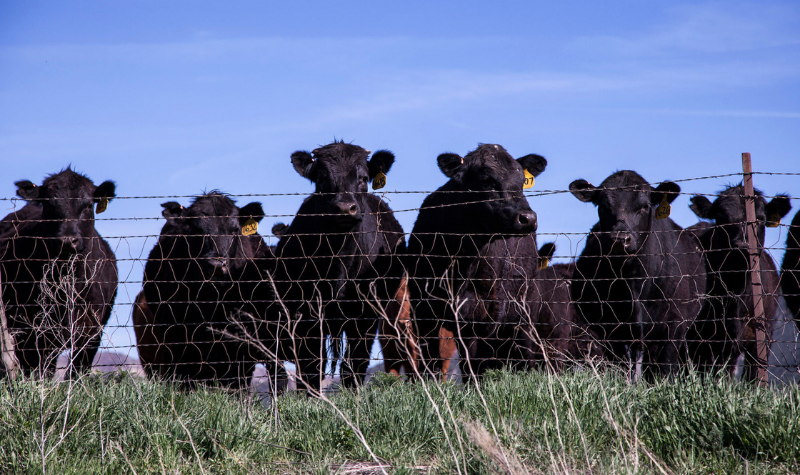Easter is nearly here and the Easter bunny is on his way! As much as we humans like to indulge (and on occasion, overindulge) in the ooey, gooey chocolaty goodness known as Easter Eggs, it’s important we don’t share them with our pets. Unfortunately, there’s a chemical in chocolate that is toxic to our fur-babies. It’s true that dogs are more often affected but, be mindful that cats, birds, rodents and reptiles can also be susceptible to the negative effects of chocolate.
Thanks to their excellent sense of smell, dogs are notorious for sniffing out and eating things they’re not supposed to so make sure those hiding spots are well and truly out of reach! And, it’s not just the nasty ingredients we need to watch out for. The foil wrapping can also be hazardous to their health. It’s not easily digested and can potentially create a blockage in the intestines.
The chemical in question is Theobromine which dogs can’t metabolize effectively. Chocolate also contains caffeine, another unfriendly additive for our family pets. Different chocolates contain different levels of Theobromine, but the general rule of thumb is the darker the chocolate and the more bitter the chocolate, the more harmful it can be. So too with how much. The bigger the dog, the more they can possibly ingest without any ill effects. What about white chocolate, I hear you ask? Even though it’s unlikely to make your pet sick from any harmful substances, the high levels of fat and sugar can, so it’s best to keep them away from this sweet treat too.
Even though chocolate toxicity is rarely fatal, it can cause serious illness. If you’re concerned your dog has found your secret stash, in most cases, the symptoms to watch out for are panting, vomiting and diarrhea, increased thirst, excessive urination and an increased heart rate. Severe cases may cause seizures and muscle tremors. Any of these symptoms may take several hours to present themselves; however, we recommend contacting your vet immediately. If you’re still in doubt and not sure if the chocolate thief is Fido, we suggest calling your vet to have them looked over anyway. It’s better to be safe than sorry.
If you’re looking to share the Easter festivities with your pets stick to treats that have chocolate alternatives such as carob or perhaps bake your own dog biscuits and use Easter themed cookie cutters. To help you on your culinary way, below are 2 recipes for you to try this Easter!

Easter Egg
Step 1: Place doggy chocolate drops into a heatproof bowl. Fill the saucepan with water and place the bowl on top. Warm the water gradually and stir until the chocolate melts.
Step 2: Lightly grease an egg mould and spoon the melted chocolate evenly around it. Place the mould in the fridge.
Step 3: Once the two halves have set, fill one side with some of your dog’s favourite treats and spread melted chocolate around the edge of one half of the egg and stick the second half in place.
Step 4: Once cool, trim away any rough edges.
REMEMBER! Dog-safe chocolate is a treat and should only be fed to your dog in small amounts at a time.

Peanut Butter Easter Biscuits
Step 1: Preheat your oven to 180 C.
Step 2: Mix together 2 cups flour, ½ cup creamy peanut butter & 2 eggs in a large bowl until slightly combined.
Step 3: Add water, one tablespoon at a time, until the mixture becomes wet enough to roll out as dough and cut out your favourite shapes with some Easter themed cookie cutters.








